The whole of SE Asia is currently reeling under one of the worst heat waves. Eastern India recorded a mean temperature of 28.12 Celsius in April, the highest since temperatures were recorded. Global average surface temperatures, however, are at 1.2 degC above pre-industrial levels, while 1.5degC is the point of no return. More than 90% of the population breathes in polluted air and the main reason for this pollution is fuel burnt for energy production.
India is the fastest-growing economy in the world. To maintain its pace of growth, its energy demands are going to rise and according to the world energy outlook, India will have the highest energy demands by 2050. India will have to invest in a range of renewable sources of energy along with exploring nuclear power generation options to meet the increasing demands of the fastest-growing economy in the world.
Status Quo
India still primarily depends on traditional methods of electricity generation to meet its needs. As of 2023, about 58% of the energy generated comes from coal, gas and oil constitute another 36%, leaving only about 6% to cleaner energy sources.
Apart from generation issues, there are also issues with the transmission/ distribution of the generated power. The Distribution companies (DisCom), which are state-owned, are struggling to generate revenues to even run their own offices and maintain their equipment. There are also losses called technical losses which include loss via heat, theft of electricity, inefficiency in billing etc., and commercial losses which include default in payments, inefficiency in collection etc. Together they are called Aggregate Technical and Commercial losses(AT&C) and it was at an average of 19.4% in FY23. At the end of FY23, the DisComs were at a total loss of INR 5.41 Lakh Cr. With no revenue left to spare it is not possible for the DisComs by themselves to invest in modernisation, leading to a vicious cycle of losses and inability to maintain and improve the transmission and distribution network.
Electrical Security
Electricity plays a pivotal role in today's world accounting for about 20% of energy consumption. This consumption will only increase in the coming years as we move towards Net Zero Emissions (NZE) to more than 50%. Therefore having a reliable and consistent supply of affordable electricity no matter the demand, is of paramount importance. As the Indian economy grows the electricity demand will only increase especially with the increase in demand for electric vehicles. Also since the global temperatures are increasing there is going to be an estimated 4-fold increase in power demand by 2050 due to the cooling solutions throughout India. This can be seen below from the screen grab of the World Energy Outlook Report 2023.
Short-term fluctuations can be managed by batteries and demand-responsive measures. The efficiency of the delivery also has to be improved by investing in converting existing and expanding the grid system with more reliable and less lossy electrical grids. Apart from reliable grids, minimum energy performance standards for electronic gadgets and vehicles have to be very stringent. The buildings need to be designed in a way that they are naturally resistant to the vagaries of the temperatures to reduce the electricity demand.
The Road Ahead
As mentioned earlier, India will be leading the world in electricity demand by 2050 and it cannot afford to keep relying on traditional non-renewable sources of energy to meet the demand. Several initiatives are being taken by the Indian government to make the gradual shift towards renewable and sustainable sources of energy. As part of the National Solar Mission, there has been extensive push from the government to increase Solar Generation capacity. As of March 2024, more than 81,000MW of cumulative solar capacity has been installed in the country and 88,000 MW capacity is in the pipeline.
In the past five years alone, Solar PhotoVoltaic(PV) generators account for 60% of new generation capacity installed in India. Through schemes such as "Scheme for Development of Solar Parks and Ultra Mega Solar Power Projects, states are being incentivised to use non-arable land to construct massive Solar parks and projects. As of 2022, 57 such parks in 13 states have been approved which will add 40,000 MW capacity. There are other renewable sources of power as well which are being pursued, like Wind Energy, Biomass, small hydroelectric plants, and conversion of biowaste to energy. As of March 2024, more than 45,000 MW of wind energy capacity has been installed generating more than 60,000 Million Units(MU) of electricity. There is also a lot of interesting development happening in the space of Offshore wind energy harvesting, off the coast of Tamil Nadu and Gujarat.
Under the SAMARTH (Sustainable Agrarian Mission on Use of Agri-Residue in Thermal Power Plants) mission, agrarian waste such as stubble is being converted to biomass pellets which can be used as a fuel source in Thermal power plants instead of coal thereby shooting the two birds of causing pollution, stubble burning and coal fuel, with one stone. As of April 2024, 740 MU of energy has been generated using Biomass pellets.
Going Nuclear
Nuclear energy is that one child of the energy sector who everybody wants to be friends with but is afraid that it could go crazy and attack us at any moment. The fear, however, is not unfounded with the infamous Chernobyl disaster and the Fukushima nuclear accident which was caused by an earthquake where the lives of millions of people were affected and ecological damage lasting for years and taking up billions of dollars to clean up. Modern reactors, however, are considered to be extremely safe due to the presence of active safety systems, like the high-pressure water pumps, electronically monitored cooling systems etc., and passive safety systems where the reactors themselves are designed more simply like using a natural circulation for the cooling and using fewer components thereby reducing the parts that can fail. India also produces a lot less waste, since the power plants have adopted a closed fuel cycle. The waste produced is also reprocessed for reuse as feeder fuel to the next stage. Nuclear reactors are also more eco-friendly and efficient in power generation than conventional means of power generation. They are not impacted by external factors like cloudy days and days without wind. With the opening of the Kakrapar plants 3&4, India now has 24 Nuclear reactors. India's nuclear capacity now stands at about 8200 MW which is just 2% of the total energy generated in India. The aim is to reach a capacity of 22,480 MW by 2031-32
Unburdening some responsibility
India cannot rely just on its government alone to do all the energy production and its allied activities. Participation of the private player is also needed in the manufacturing of the components needed for energy generation and sometimes even setting up the power plants. The union government in 2021, launched a PLI scheme to encourage the manufacturing of "High Efficiency Solar PV modules''. At a total budget of INR 24000 Cr, the aim is to have sufficient Solar PV modules to produce Giga Watts of energy instead of Mega Watts.
If this is achieved, then India can boast of reaching its goal of having more than 50% share from Non-Fossil fuels well before its target of 2030. On the nuclear front as well, India has invited investments up to INR 21 Lakh Cr (USD 26 Billion) from the private sector. The plan is to get the private players to invest in the power plant, acquire the land and water needed for it and construct in the areas surrounding the nuclear reactor complex. The rights to construct, run and maintain the reactor and its fuel management will lie with the Nuclear Power Corporation of India Ltd (NPCIL). The Private companies can recover their investments by selling the power generated from the reactors and paying a maintenance fee to NPCIL to run the reactors. Encouraging private firms to construct components for Small Modular Reactors (SMRs) could also foster domestic capacity for not only manufacturing but also designing efficient, safe, and cost-effective reactor parts, which could then be exported. Under the SAMARTH mission, private players are incentivised to buy the agricultural waste and turn it into Biomass pellets and then sell them to Generation companies via tenders or directly on the Government e-Market (GeM) portals. The Manufacturing plant can also avail of Financial aid from the government up to the tune of 9 Lakhs per Metric Ton/hour of pellets manufacturing capacity. Private players should also be allowed to enter the distribution part of the electricity to increase the competition for the State DisComs. This increase in competition will encourage the state DisComs to increase efficiency while lowering costs and also making sure that there are no disruptions in the electricity.
Conclusion
India currently enjoys a demographic advantage projected to last until 2056. This means a significant portion of the future leaders are being born now or haven't been born yet. As we saw in the introduction, surface temperatures are continuing to rise. To preserve our country and the world, we need to act now and try our best to keep the temperatures from going out of control. Currently, the largest source of this issue is the way energy is being produced. We need to look at the bigger picture and take the responsibility of making the right moves to shift the way energy is produced to cleaner and greener ways of energy production. Even though, currently, energy is being produced using non-renewable energy, the trend of future investments shows that there is a right mindset to move toward renewable sources of energy production. To save the unborn future of India from a climate catastrophe, the shift in policy towards green energy production should not only be continued irrespective of the political parties in power but also accelerated to achieve the Net Zero Goals on or before time.




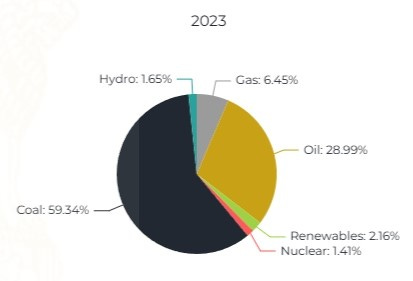
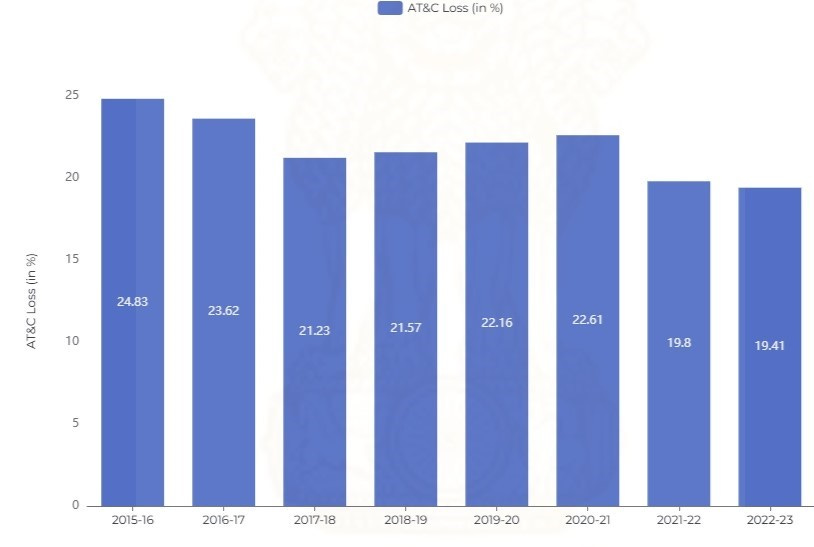
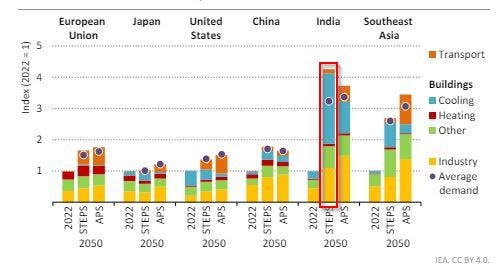

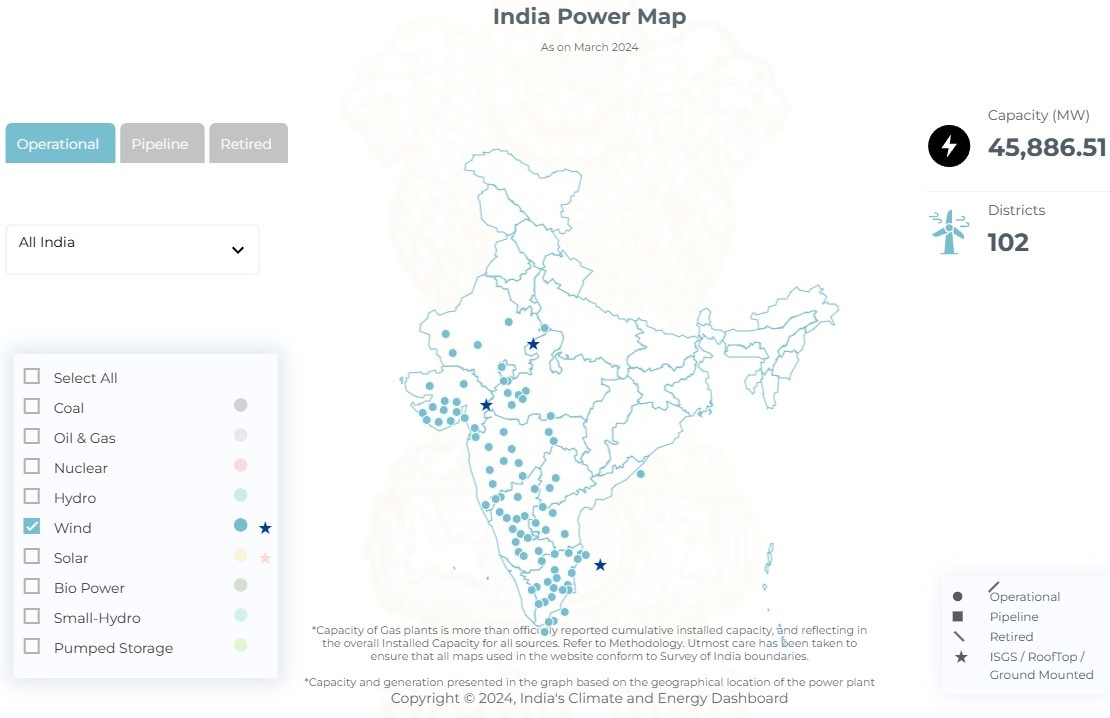
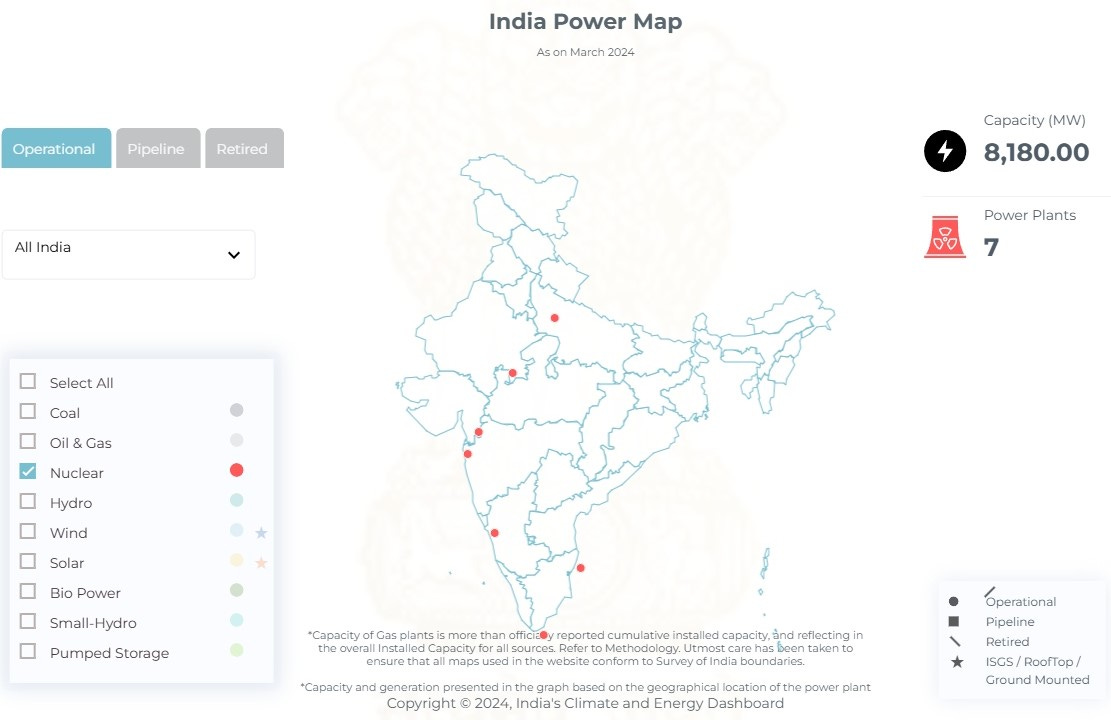
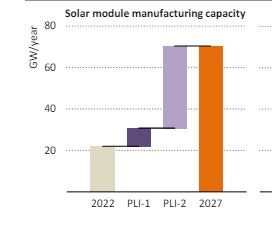
Good article. I enjoyed learning about India's energy landscape.